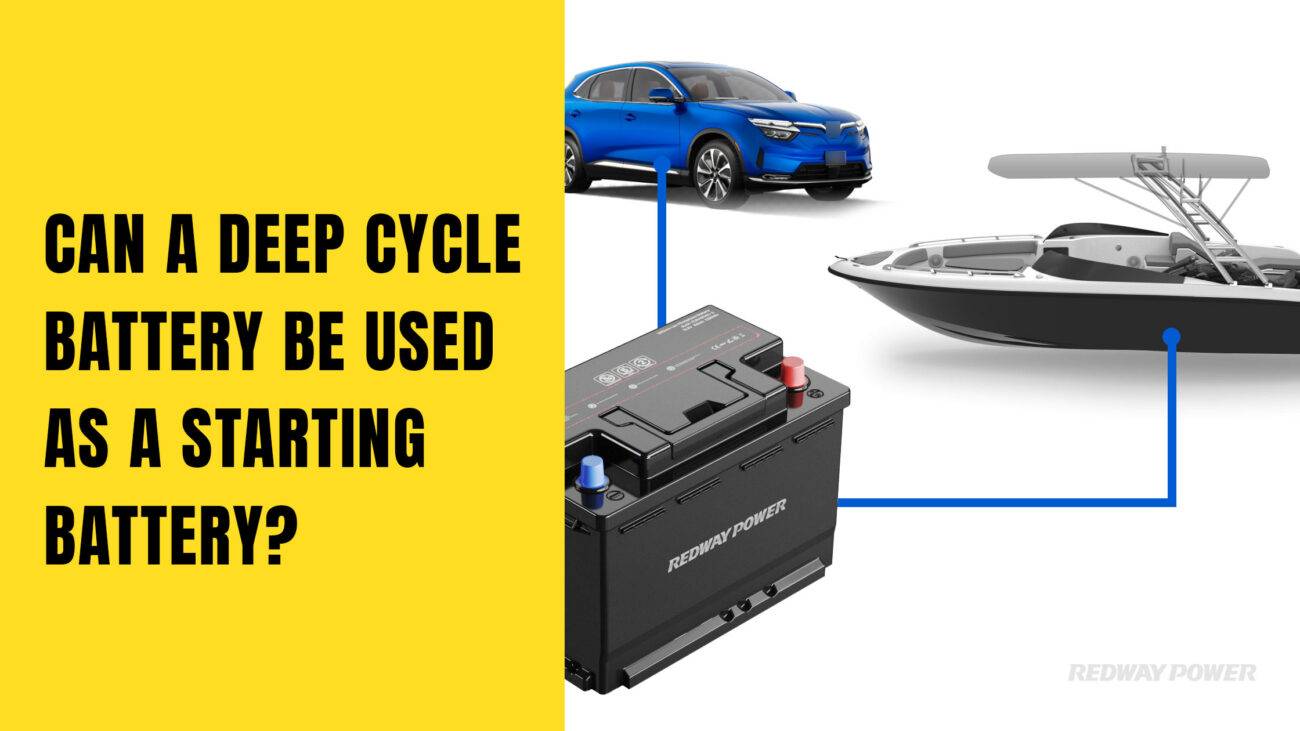- Lithium Golf Cart Battery
- Forklift Lithium Battery
-
48V
- 48V 210Ah
- 48V 300Ah
- 48V 420Ah (949 x 349 x 569 mm)
- 48V 420Ah (950 x 421 x 450 mm)
- 48V 456Ah
- 48V 460Ah (830 x 630 x 590 mm)
- 48V 460Ah (950 x 421 x 450 mm)
- 48V 460Ah (800 x 630 x 600 mm)
- 48V 460Ah (820 x 660 x 470 mm)
- 48V 500Ah
- 48V 560Ah (810 x 630 x 600 mm)
- 48V 560Ah (950 x 592 x 450 mm)
- 48V 600Ah
- 48V 630Ah
-
48V
- 12V Lithium Battery
12V 150Ah Lithium RV Battery
Bluetooth App | BCI Group 31
LiFePO4 Lithium
Discharge Temperature -20°C ~ 65°C
Fast Charger 14.6V 50A
Solar MPPT Charging - 24V Lithium Battery
- 36V Lithium Battery
- 48V Lithium Battery
-
48V LiFePO4 Battery
- 48V 50Ah
- 48V 50Ah (for Golf Carts)
- 48V 60Ah (8D)
- 48V 100Ah (8D)
- 48V 100Ah
- 48V 100Ah (Discharge 100A for Golf Carts)
- 48V 100Ah (Discharge 150A for Golf Carts)
- 48V 100Ah (Discharge 200A for Golf Carts)
- 48V 150Ah (for Golf Carts)
- 48V 160Ah (Discharge 100A for Golf Carts)
- 48V 160Ah (Discharge 160A for Golf Carts)
-
48V LiFePO4 Battery
- 60V Lithium Battery
-
60V LiFePO4 Battery
- 60V 20Ah
- 60V 30Ah
- 60V 50Ah
- 60V 50Ah (Small Size / Side Terminal)
- 60V 100Ah (for Electric Motocycle, Electric Scooter, LSV, AGV)
- 60V 100Ah (for Forklift, AGV, Electric Scooter, Sweeper)
- 60V 150Ah (E-Motocycle / E-Scooter / E-Tricycle / Tour LSV)
- 60V 200Ah (for Forklift, AGV, Electric Scooter, Sweeper)
-
60V LiFePO4 Battery
- 72V~96V Lithium Battery
- Rack-mounted Lithium Battery
- E-Bike Battery
- All-in-One Home-ESS
- Wall-mount Battery ESS
-
Home-ESS Lithium Battery PowerWall
- 24V 100Ah 2.4kWh PW24100-S PowerWall
- 48V 50Ah 2.4kWh PW4850-S PowerWall
- 48V 50Ah 2.56kWh PW5150-S PowerWall
- 48V 100Ah 5.12kWh PW51100-F PowerWall (IP65)
- 48V 100Ah 5.12kWh PW51100-S PowerWall
- 48V 100Ah 5.12kWh PW51100-H PowerWall
- 48V 200Ah 10kWh PW51200-H PowerWall
- 48V 300Ah 15kWh PW51300-H PowerWall
PowerWall 51.2V 100Ah LiFePO4 Lithium Battery
Highly popular in Asia and Eastern Europe.
CE Certification | Home-ESS -
Home-ESS Lithium Battery PowerWall
- Portable Power Stations
What should a 12-volt battery read when fully charged deep cycle?

Are you a proud owner of a 12-volt deep cycle battery? Whether it powers your RV, boat, or other recreational vehicles, knowing how to keep it fully charged is crucial for uninterrupted fun and adventures. But what should a 12-volt battery read when it’s at its peak performance? In this blog post, we’ll explore the optimal voltage for a fully charged deep cycle battery and provide some tips on how to maintain its charge. So buckle up and get ready to dive into the fascinating world of battery power!
Understanding Battery Charge Levels
Batteries are crucial for efficient performance and durability, especially in the case of 12-volt deep cycle batteries. Knowing their charge levels is key to maintaining their health. Here’s a simplified breakdown:
- Critical Voltage Range:
- A deep cycle battery typically operates between 10.5 to 12.6 volts.
- If the voltage drops below 11 volts, it signals potential discharge, risking irreversible damage.
- Optimal Charging State:
- A voltage reading between 12 and 12.6 volts signifies a fully charged battery.
- This range ensures maximum capacity and optimal power output for your needs.
- Variable Voltage Readings:
- Battery voltage can fluctuate based on factors like temperature, age, and discharge rate.
- It’s crucial to understand that the voltage may not remain constant throughout usage cycles.
- Precision in Measurement:
- For accurate readings, use a digital voltmeter or multimeter designed for DC voltages.
- These tools provide precise insights, helping you assess if your battery needs charging or is operating at its full potential.
- Regular Monitoring for Longevity:
- Regularly monitoring these voltage levels is essential.
- This practice empowers you to maximize your battery’s lifespan and ensures a reliable power source when needed.
By grasping these key points and consistently checking your battery’s voltage, you’ll be better equipped to optimize its lifespan and ensure a dependable power supply.

Factors That Affect 12-volt Battery Charge
Understanding the dynamics influencing a 12-volt battery’s charge is crucial for optimizing performance and longevity. Here’s a concise breakdown of the key factors:
- Temperature Impact:
- Extreme temperatures, whether hot or cold, significantly affect battery performance and lifespan.
- High temperatures accelerate chemical reactions, leading to quicker charge loss, while extreme cold can hinder energy production.
- Age-related Decline:
- As batteries age, their ability to hold a full charge diminishes.
- Older batteries may not last as long, even with a full charge, compared to newer counterparts.
- Charger Compatibility:
- The type of charger used is vital in ensuring proper charging.
- Incompatible or low-quality chargers may result in undercharging or overcharging, negatively impacting overall battery capacity.
- Usage Patterns and Load:
- How you use the battery, including discharge depth and recharge habits, influences its lifespan.
- Frequent deep discharge without a full recharge can shorten the battery’s life and reduce overall capacity.
By recognizing and addressing these factors, you can maximize the performance of your 12-volt deep cycle battery, ensuring it remains charged for extended periods when required.
Optimal Voltage for a Fully Charged Deep Cycle Battery
Understanding the ideal voltage for a fully charged deep cycle battery is pivotal for its performance. Here’s a concise guide:
- Target Voltage Range:
- For a 12-volt deep cycle battery, the optimal reading when fully charged is around 12.6 to 12.8 volts.
- Voltage levels may vary based on the battery type and design.
- Temperature Influence:
- Temperature fluctuations impact voltage readings.
- Colder temperatures might slightly decrease voltage, while warmer temperatures can lead to an increase.
- Accurate Measurement:
- To check voltage accurately, use a voltmeter or multimeter.
- Connect the meter’s positive and negative terminals to the corresponding battery terminals for a precise reading.
- Maintenance Best Practices:
- Regular maintenance and proper charging techniques are crucial.
- Avoid overcharging or undercharging, as these practices can significantly reduce the battery’s lifespan.
- Monitoring for Longevity:
- Keep a close eye on voltage levels to extend battery life.
- Consistent monitoring ensures optimal performance for extended periods during off-grid adventures.
Remember to consult your manufacturer’s guidelines for specific charging voltage recommendations tailored to your deep cycle battery model.

How to Check the Voltage of a 12-volt Battery
Ensuring your 12-volt battery is ready for use involves a straightforward voltage check. Here’s a step-by-step guide:
- Equip with a Digital Voltmeter:
- Obtain a digital voltmeter designed for electrical voltage measurement.
- Set the voltmeter to the DC (direct current) setting with a range of at least 20 volts.
- Locate Battery Terminals:
- Identify the positive terminal marked with a “+” symbol and the negative terminal, often designated with a “-” symbol or unmarked.
- Probe Connection:
- Carefully touch the red probe of the voltmeter to the positive terminal.
- Connect the black probe to the negative terminal.
- Take Voltage Reading:
- Observe the voltmeter’s screen for the displayed reading.
- A fully charged deep cycle battery should ideally register around 12.6 volts or higher.
- Consider Temperature Influence:
- Be mindful that temperature can impact voltage readings.
- Check for temperature compensation recommendations from your battery manufacturer to ensure accurate charge status assessment.
- Regular Monitoring for Longevity:
- Regularly check and maintain proper voltage levels to extend your deep cycle battery’s lifespan.
- This practice ensures dependable performance when needed.
By following these simple steps and considering temperature adjustments, you can confidently assess your 12-volt battery’s charge status and promote its overall durability.
























